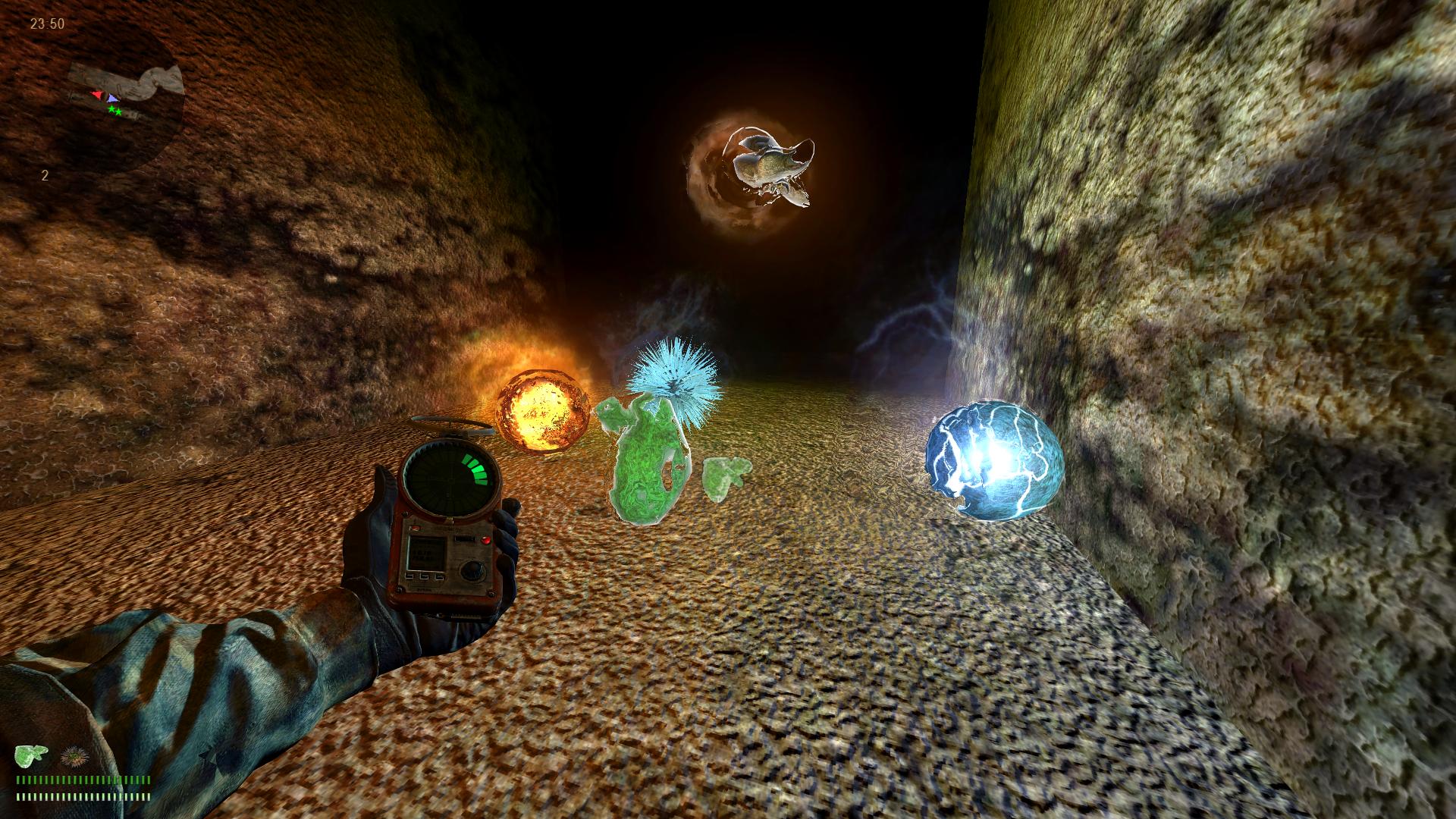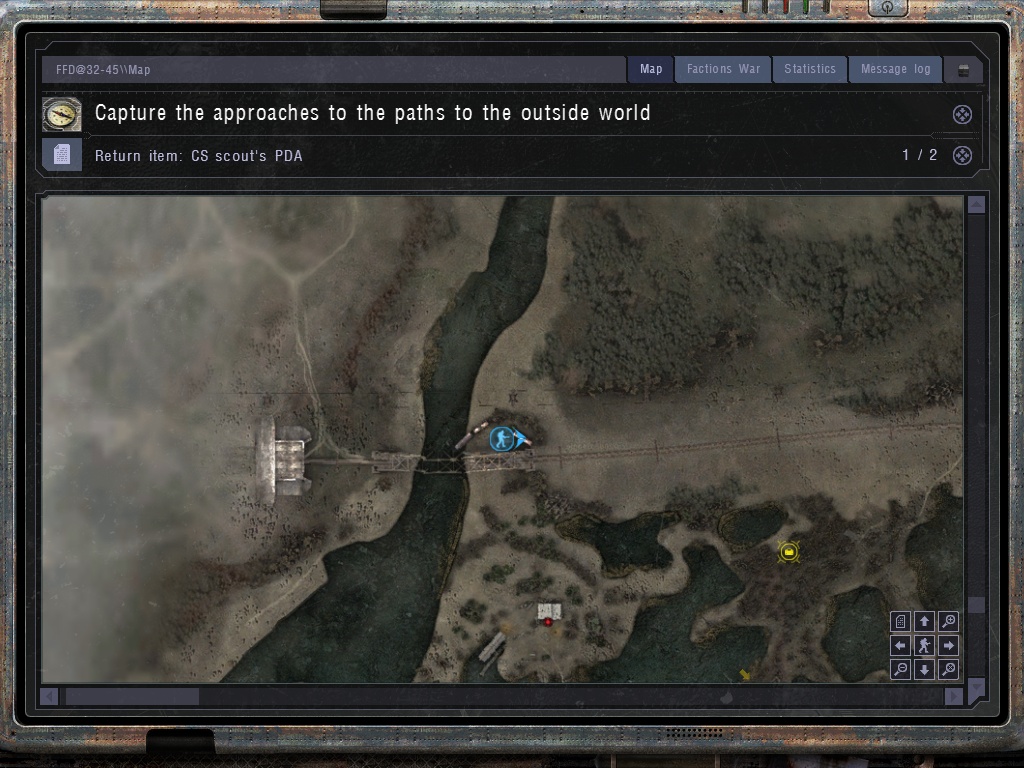
In addition, these devices typically have the ability to measure dose rates ranging from 0 to 1,000 rad per hour. Named for its "telescoping" ability, this device can be extended to about 4 meters (13 feet) to measure very high dose rates without subjecting the user to unnecessary exposure. One particular meter, known as a teletector, is specifically designed to detect gamma and x-ray radiation. However, some models can detect alpha, beta, gamma, and/or neutron radiation emitted from radioactive materials. Most of these devices detect beta and gamma radiation only. Most PRDs numerically display the detected radiation intentisty (on a scale of 0 to 9) and, thus, can be used to locate a radiation source however, they typically are not as sensitive as handheld survey meters and cannot identify the type of radioactive source.Īs the name implies, the survey meter is a handheld radiation detector, which typically measures the amount of radiation present and provides this information on a numerical display in units of counts per minute, counts per second, or microroentgen (µR) or microrem (µrem) per hour. When exposed to elevated radiation levels, the device alarms with flashing lights, tones, and/or vibrations.

In addition, ionizing radiation is not detectable by one's senses.

They are also physically indistinguishable from other (nonradioactive) metals.

Although many radioactive materials are silver-colored, metallic solids in their pure state, they can vary in color and exist in different physical states, including liquids and gases.


 0 kommentar(er)
0 kommentar(er)
